They were the leaders that built the early foundation of modern programming.
They inspired environmental movements that led to the discovery of new genes.
They broke down sound barriers and gender barriers along the way.
They inspired and continue to inspire young women to pursue careers in science and technology.
Ana Roqué de Duprey

Ana Roqué de Duprey was born in 1853 in Puerto Rico. She started a school in her home at age 13 and wrote a geography textbook for her students, which was later adopted by the Department of Education of Puerto Rico.
She had a love for astronomy and education. She founded several girls-only schools as well as the College of Mayagüez, which later became the Mayagüez Campus of the University of Puerto Rico. Known as “Flor del Valle” (“Flower of the Valley”) for her work in botany, she strove to promote educational opportunities and political rights for women in Puerto Rico.
Source: https://historyhustle.com/ana-roque-de-duprey-educator-suffragist-leader/
Lillian Gilbreth
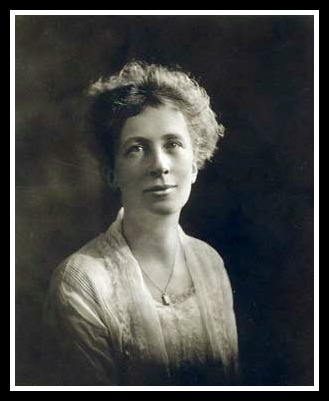
Lillian Moller Gilbreth was an American psychologist and industrial engineer. She was an expert in efficiency and organizational psychology, the principles of which she applied not only as a management consultant for major corporations but also to her household of twelve children, as chronicled in the book Cheaper by the Dozen. Two of her most well-known inventions were the shelves inside refrigerator doors (the egg and butter trays) and the foot-pedal trash can. She also filed patents on an improved electric can opener and the wastewater hose for clothes washers.
Source: http://www.thefactorytimes.com/factory-times/2016/11/17/women-in-stem-lillian-moller-gilbreth, http://thehistorychicks.com/episode-59-lillian-gilbreth/
Edith Clarke
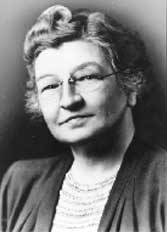
Edith Clarke was the first woman to be professionally employed as an electrical engineer in the United States, and the first female professor of electrical engineering in the country.
She worked as a “computer,” someone who performed difficult mathematical calculations before modern-day computers and calculators were invented. She paved the way for women in STEM and engineering and was inducted into the National Inventors Hall of Fame in 2015.
Source: https://obamawhitehouse.archives.gov/women-in-stem
Sally Ride
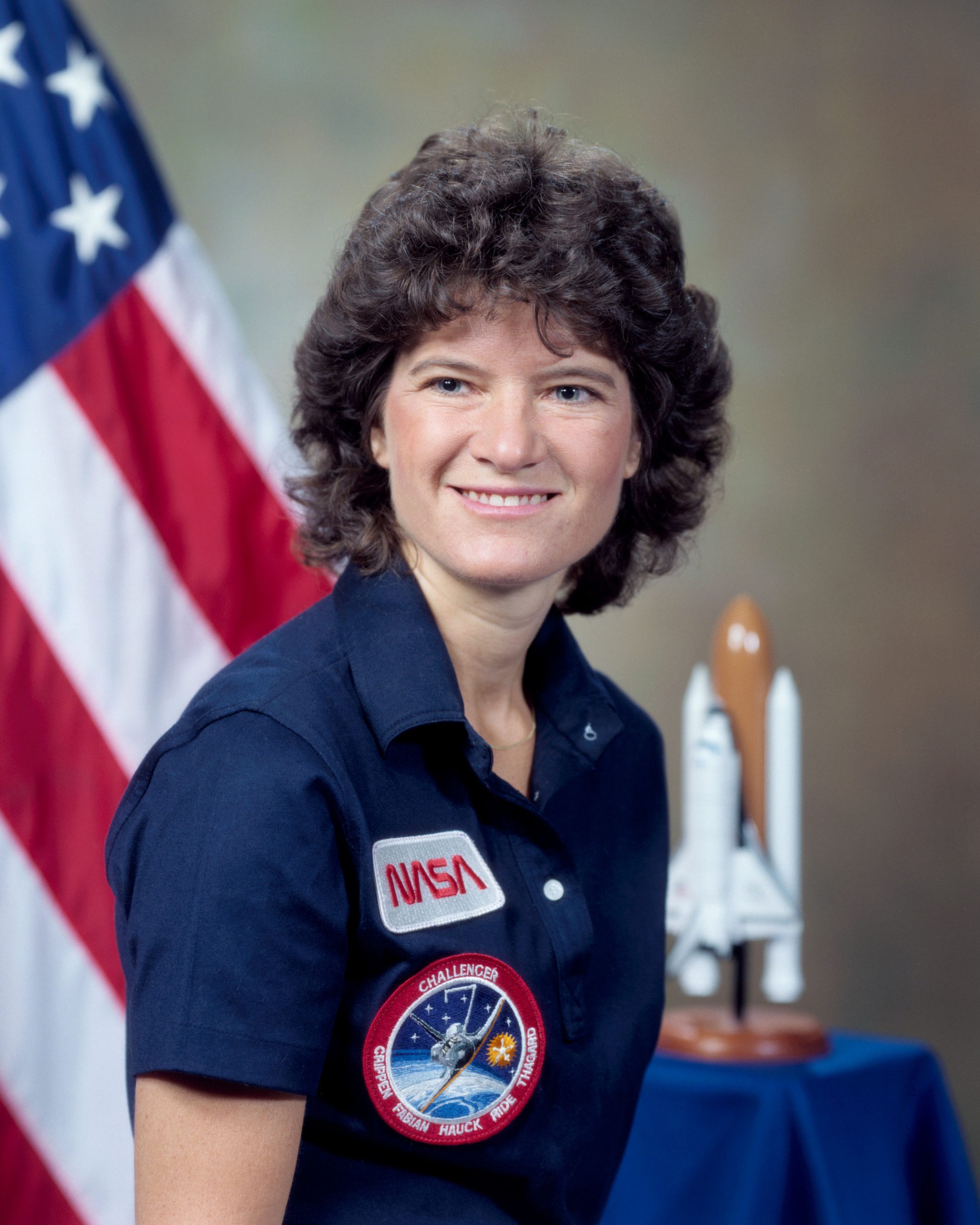
Sally Ride attended Stanford where she double majored in English and physics, and then went on to earn a master’s degree in physics in 1975 and a doctorate in 1978.
She beat out 1,000 applicants for a spot in NASA’s astronaut program. As a mission specialist, she became the first American woman to travel into space on June 18, 1983.
Source: https://www.css.edu/about/blog/12-historical-women-in-stem-youve-probably-never-heard-of/
Calutron Girls
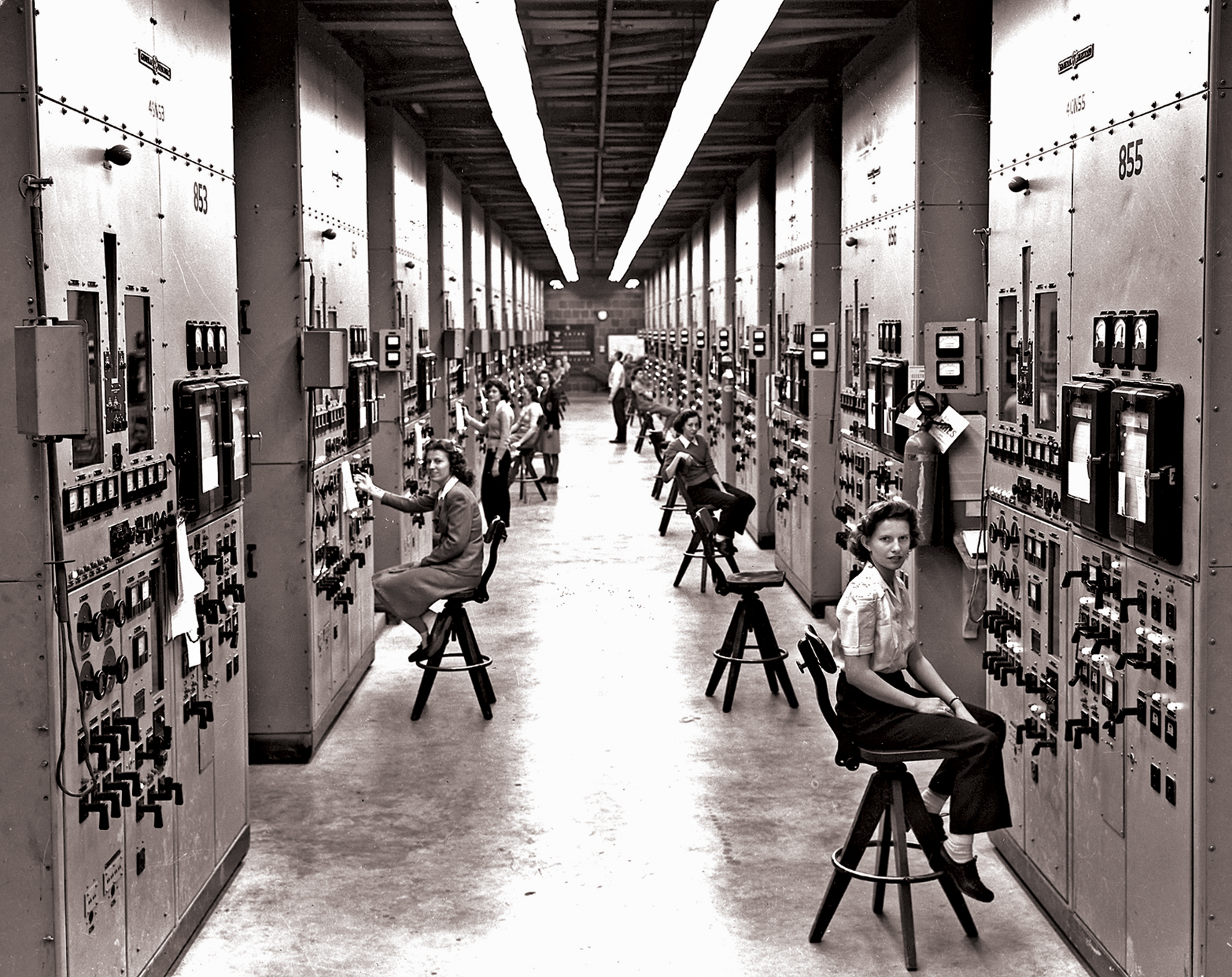
The Calutron Girls were a group of young women, mostly high school graduates, who joined the World War II efforts in 1944 and 1945 to develop nuclear weapons at the United States government facility located at Oak Ridge, Tennessee. Despite being kept in the dark on the specifics of the project, the “Calutron Girls” proved to be highly adept at operating the instruments and optimizing uranium production, achieving better rates for production than the male scientists they worked with.
Source: https://en.wikipedia.org/wiki/Calutron_Girls
Grace Hopper

Rear Admiral Grace Murray Hopper was at the forefront of computer and programming language development from the 1930s through the 1980s. One of the greatest achievements of her 44-year career was the development of computer languages written in English, rather than mathematical notation. She invented COBOL, which is still in use today.
Source: https://obamawhitehouse.archives.gov/women-in-stem
Chien-Shiung Wu
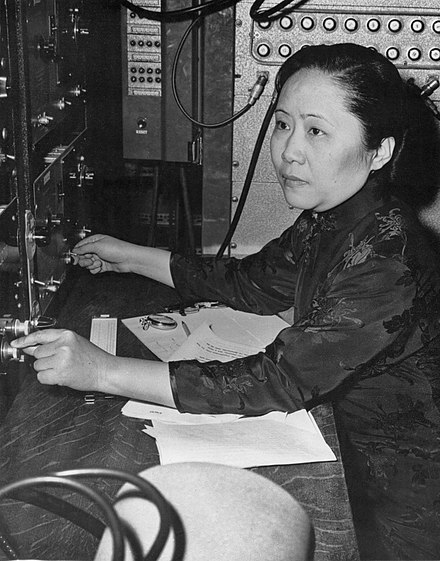
Chien-Shiung Wu has been dubbed the “First Lady of Physics.” She studied physics at the University of California-Berkeley, earning a doctorate in 1940.
Wu was a part of the Manhattan Project at Columbia University during World War II — the U.S. Army’s secret project to develop the atomic bomb. After the war, she continued her research at Columbia where she and two male colleagues disproved a law of symmetry in physics called the “principle of conservation of parity.” Both of her male colleagues went on to receive a Nobel Prize in 1957, while Wu’s contributions went unrecognized.
Source: https://en.wikipedia.org/wiki/Chien-Shiung_Wu

